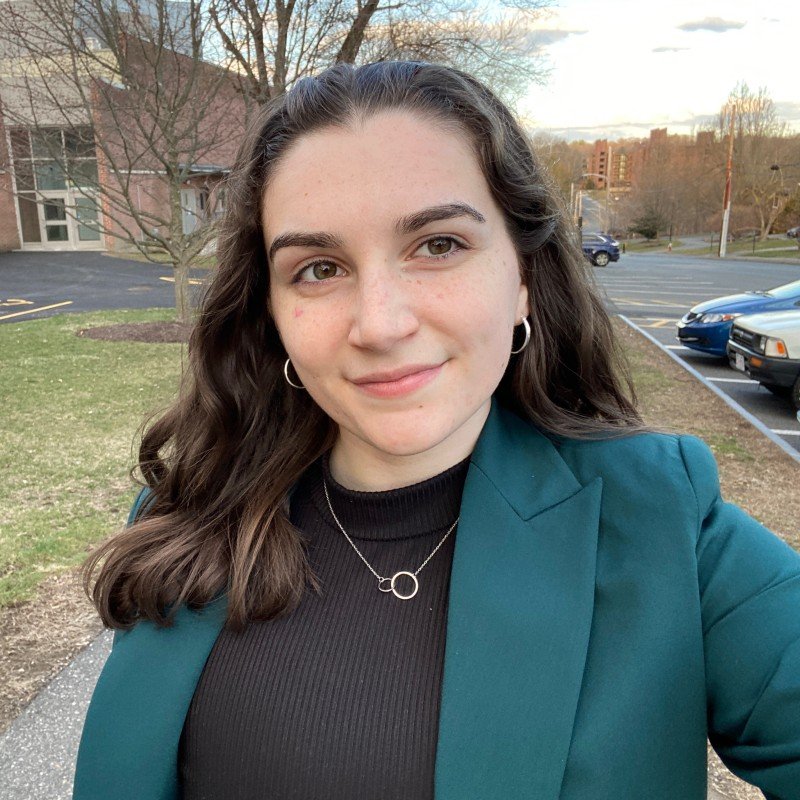By Emma Quirk, Summer 2023 Collaborator at Power in Place
Margaret Foley was an activist who fought hard for the suffrage movement. She is best remembered as “the Heckler,” a woman who was loud about what she cared about, unafraid to interrupt men, and captivated her audiences when she spoke. Foley is credited with pushing multiple anti-suffrage politicians out of their positions in public office.
Born in 1873 to Irish immigrant parents in Dorchester Massachusetts, her working-class background separated her from the majority of the well-known suffragettes, who were generally middle to upper-class. Foley worked in a hatmaker’s factory, where she joined the union. This is where she began her activist career: fighting for improved working conditions. She believed that all women deserved the right to vote, especially those who worked and paid taxes.
As a suffragette, Foley worked for the Massachusetts Woman Suffrage Association (MWSA) and the Margaret Brent Suffrage Guild. Passionate about women’s rights and spreading this message in any way she could, she notably heckled politicians, distributed pamphlets from a hot air balloon, and spoke with people in mines, public meeting houses, and on street corners.
Foley traveled to London, England to further learn from other suffragettes, particularly Emmeline Pankhurst. She was arrested alongside other suffragettes for protesting, and the news of this spread to the United States. Her parents were horrified, however, Foley was invigorated by this experience and kept in touch with Pankhurst via letters for years following, despite Foley’s return to America. Through remarks from Foley and the subsequent contents of the letters exchanged, it is relatively clear that Foley had a romantic crush on Pankhurst.
At the time, queer relationships were not accepted in mainstream suffragette circles, and they were certainly not accepted in wider American society. Those who opposed the suffragettes often called them untraditional, mannish, and unladylike and used these notions to push against the right for women to vote. Within the movement, organizations such as the National American Women’s Suffrage Association (NAWSA), distanced themselves from suffragettes like Foley who defied norms, were working-class, and did not behave in ways that were deemed ladylike.
Foley never formally married, however, she lived with fellow suffragette Helen Elizabeth Goodnow from the mid-1920s until her death in 1957. The two lived in what is referred to as ‘Boston marriage,’ a domestic relationship between two women who lived together and did not choose to marry a man. These most commonly occurred in Boston, hence the name, where there was a dense population of college-educated women who had the financial ability not to enter a heterosexual marriage. While not all of these were necessarily romantic in nature, based on evidence from their lives, Foley and Goodnow’s was.
The two met while working for MWSA, with Goodnow volunteering to be Foley’s secretary in 1916. They toured the country together during this time, promoting suffrage ideals to people in the southern United States. Years later, Goodnow wrote to her grandmother “I think of the hundreds of people who would give anything to be with her for a week. We read together, walked together, got up, and went to bed when we felt like it. And she really loves me.” Despite retaliating from cultural and social norms of the time, Foley and Goodnow chose a life in which they weren’t accepted by most. They served as an image for future queer relationships to look upon and further the fight for acceptance.
When learning about the suffragette movement, it is imperative to not only explore the most commonly shared narratives and names but to examine closely who and what are being purposefully excluded from these accounts. The stories of suffragettes who were not deemed model women and defied norms — whether they dressed in “men’s clothes,” were working women, chose to remain unmarried, or were simply not wealthy white women — have been purposefully hidden, and it is time to uncover and share them.
References
[1] Boston National Historical Park. “Margaret Foley.” National Park Service, Updated January 17, 2023, https://www.nps.gov/people/margaret-foley.htm.
[2] Boyles, Anna. “Boston Marriages and the Queer History of Women’s Suffrage.” City of Boston, Updated November 15, 2022, https://www.boston.gov/news/boston-marriages-and-queer-history-womens-suffrage.
[3] Connolly, Jenna. “Boston Irish-Americans to Remember: Suffragist Margaret Foley.” Very Local, April 15, 2022. https://www.verylocal.com/boston-suffragist-margaret-foley/21627/.
[4] Margaret Foley Papers, 1847-1968. Schlesinger Library, Radcliffe Institute, Harvard University, Cambridge, Mass. https://id.lib.harvard.edu/ead/sch00004/catalog Accessed June 15, 2023.
[5] Rouse, Wendy. Public Faces, Secret Lives: A Queer History of the Women's Suffrage Movement. New York University Press, 2022.
Emma Quirk is a rising sophomore at Mount Holyoke College and is double majoring in English and Critical Social Thought. On campus, Emma is a staff writer and photos editor for Mount Holyoke News and works as a student fellow in the Office of Diversity, Equity and Inclusion.


